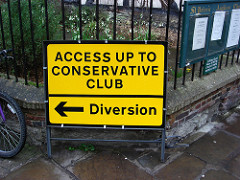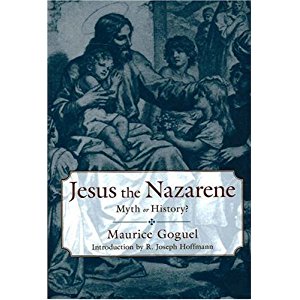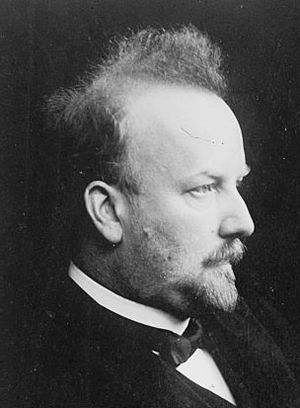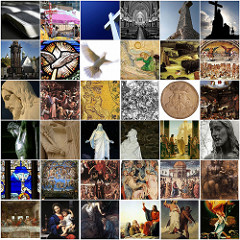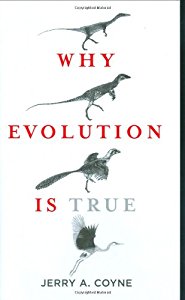Someone occasionally comments on a post of mine in a way that indicates they think I have some vendetta against Christians, Christianity, or biblical scholars. A scholar in a recent exchange has shown that he has assumed I am out to attack Christianity, that I have some anti-Christian agenda in my posts relating to historical methodology and HJ studies and mythicism.
For the sake of the record, I invite anyone who thinks I have such an agenda to see if they can find room to dispel such a notion by having a look at my post “Why I am doing this” linked in my profile, and to do a search in the Search Vridar box on the name Pataki and read the first two posts that appear in the results, and maybe even have a look at where I speak of the “refreshing honesty of Jim West”.
I have also several times spoken of exchanges I have had with devout Christian friends of mine. That we are friends should also suggest that those who know me know that the idea that I have some “anti-Christian agenda” is so far from my nature or interest that any suggestion to that effect is pure fantasy.
I am certainly not wanting to imply I am pro-Christian either. I see myself as a secular humanist, and acknowledge that religions are a part of the rich tapestry of human experience. Though where there are ideas of any kind, not just religious, that do cause real harm, I will be “against” those. But I hardly see “Christianity” per se in that way.
I am fascinated by the study of Christian origins and the nature of early Christian documents for historical reasons. This is a topic that is at the heart of western culture, and still has a profound relevance today on millions. Christianity has been a major part of my life that has given me much good as well as negatives. It is gratuitous to assume that such an interest by an atheist must somehow be necessarily motived by ill-will. That’s simply nonsense.
Added post post:
As for mythicism, my interest is in Christian origins, and that is a far broader topic than the mythicist question, as I explained in another comment.
Like this:
Like Loading...

